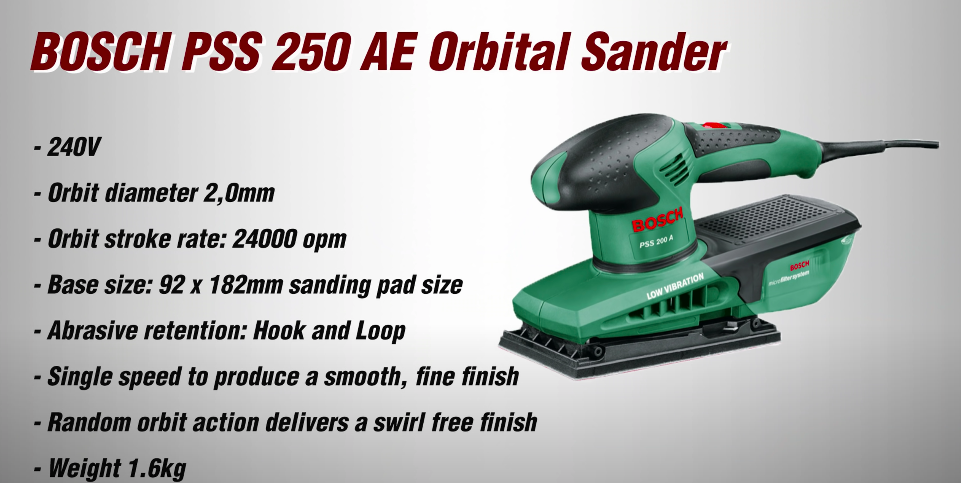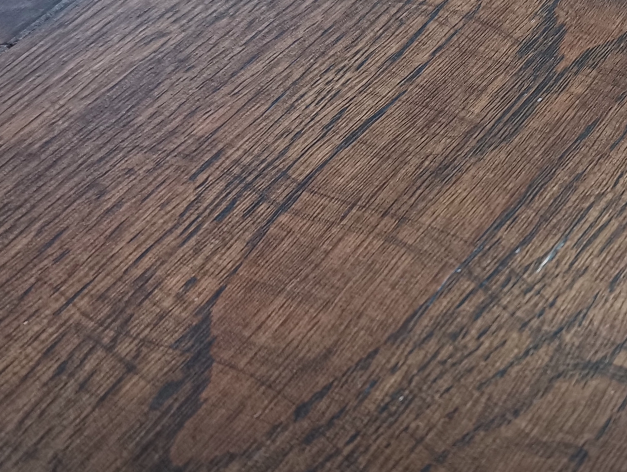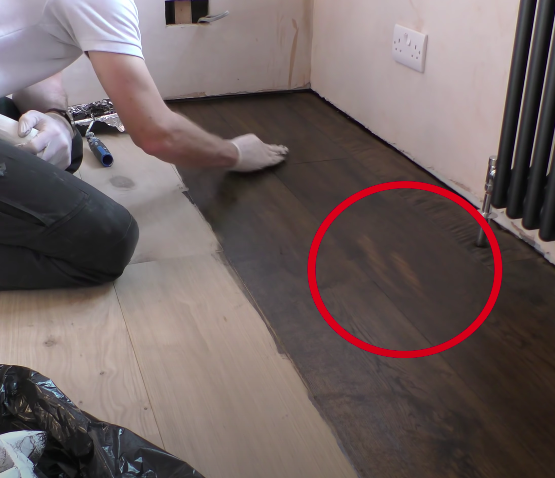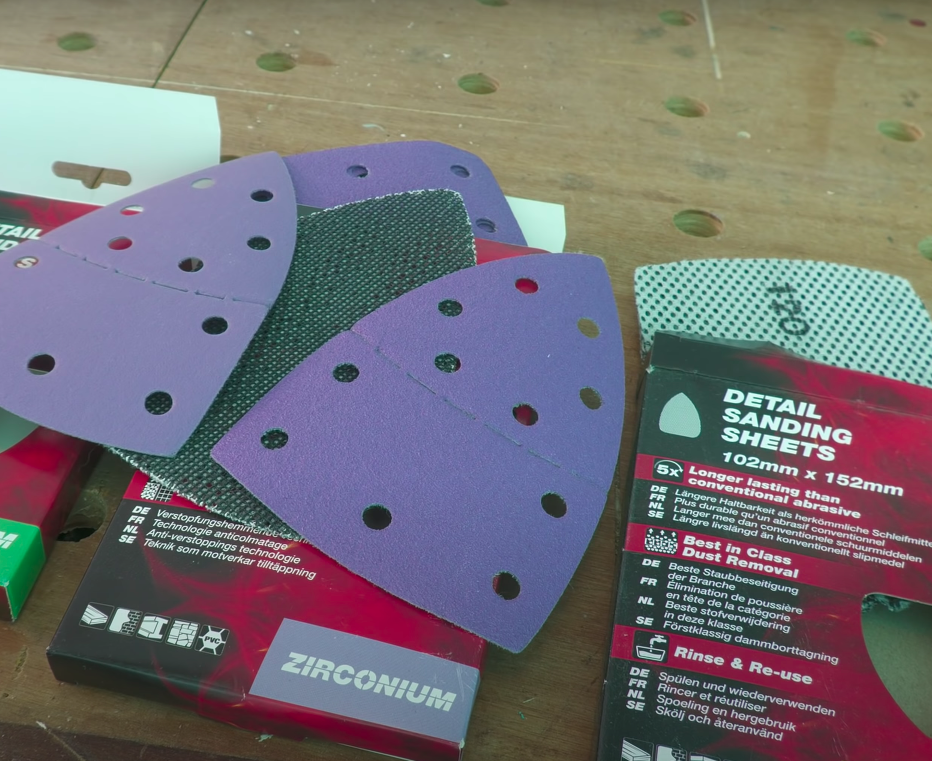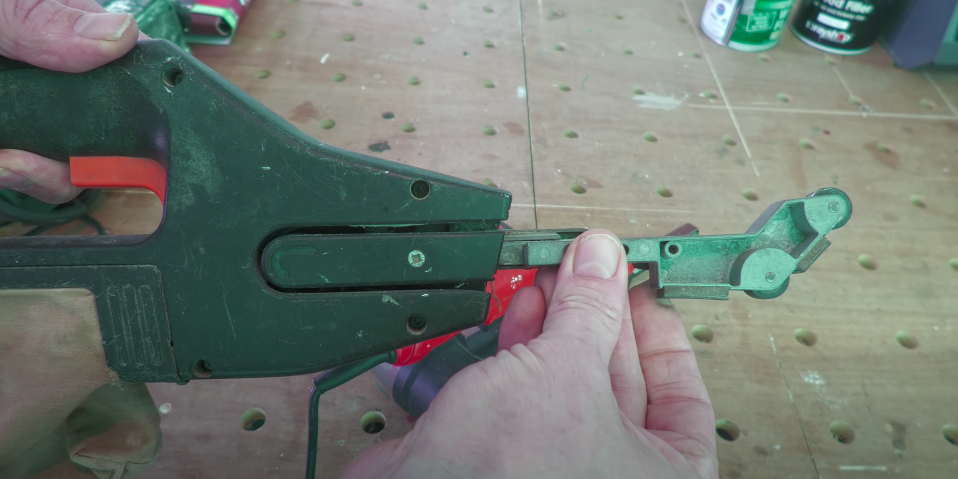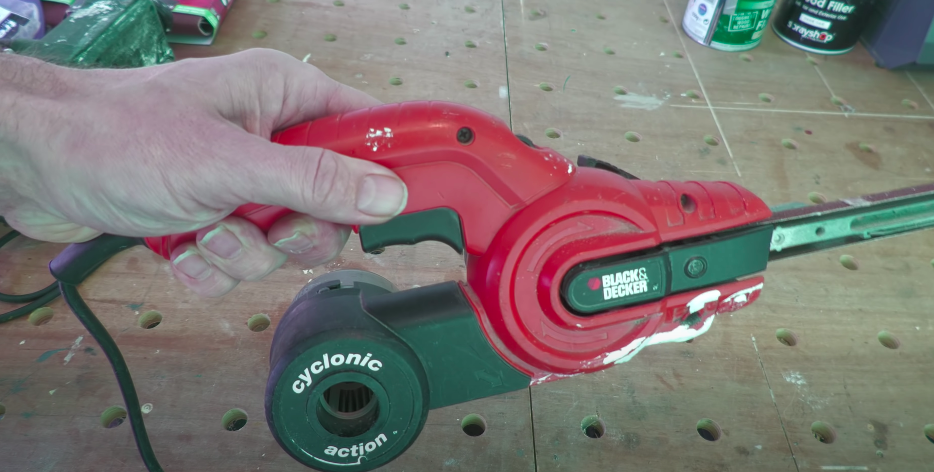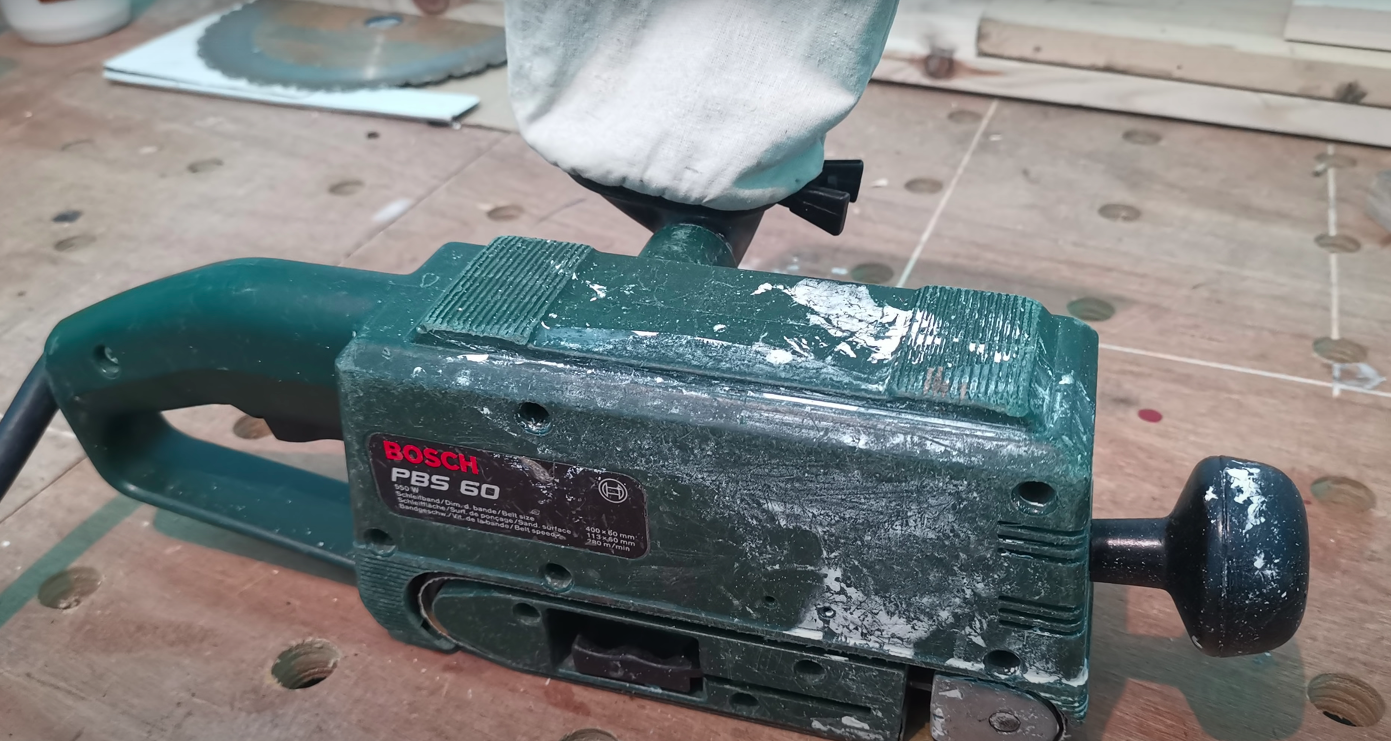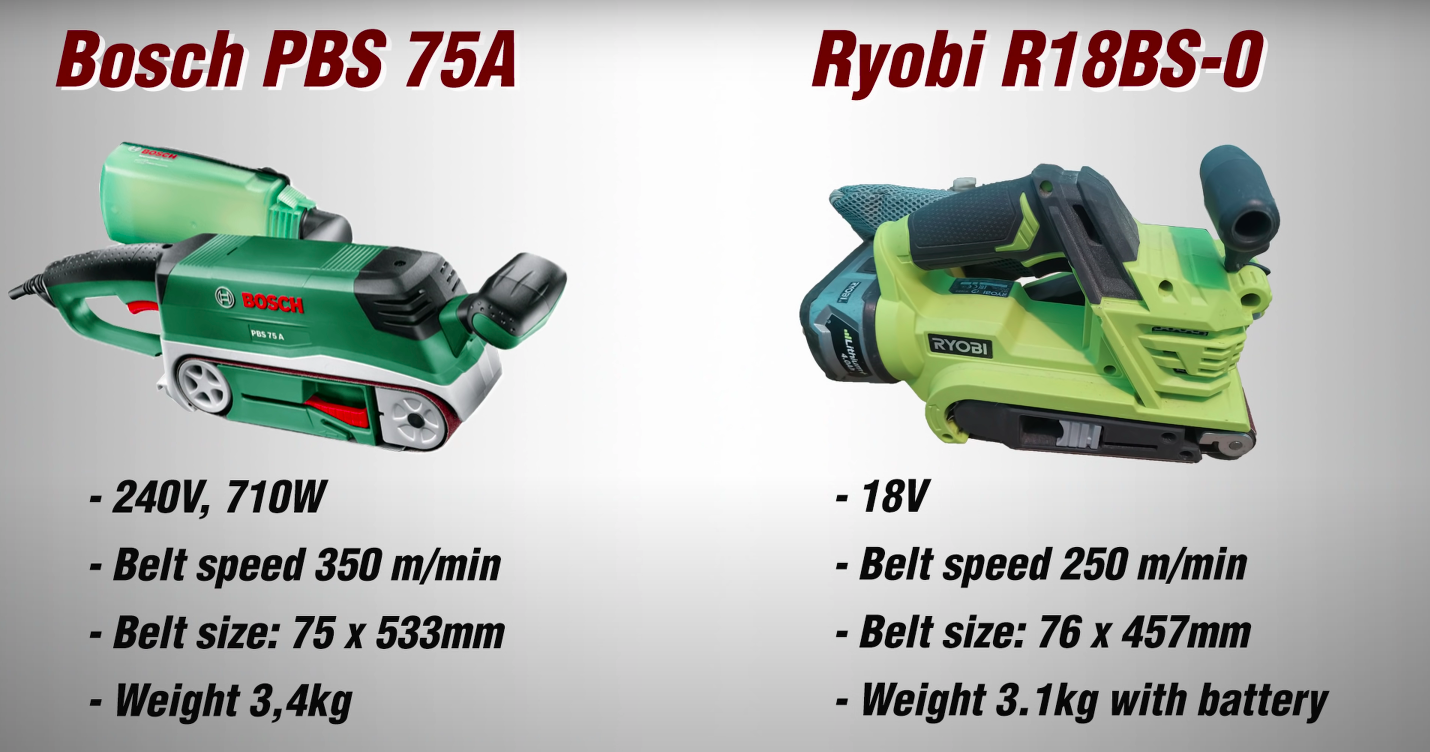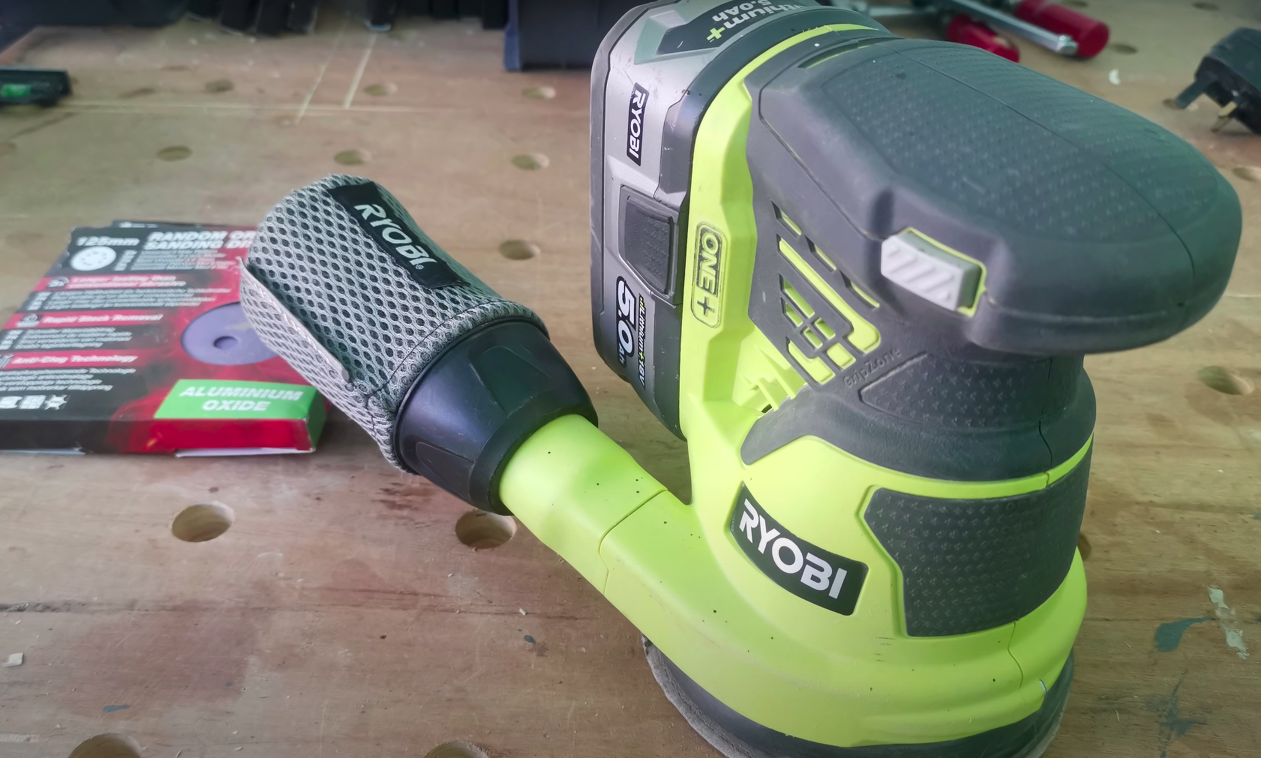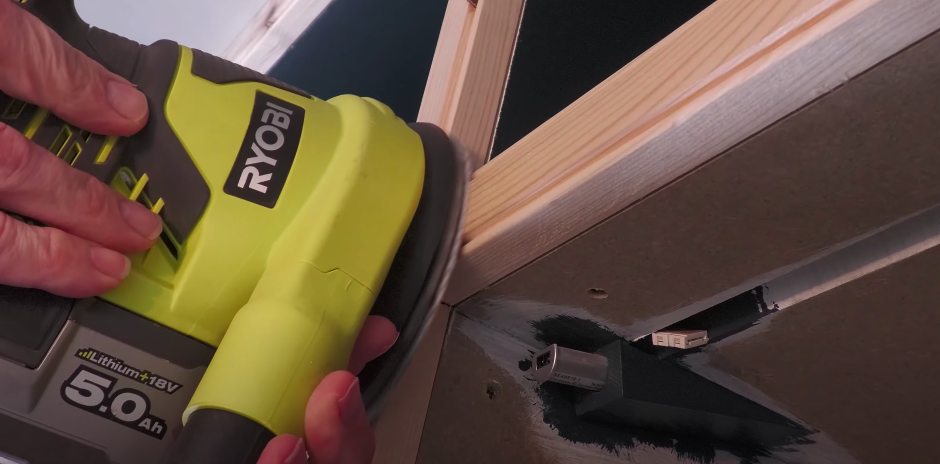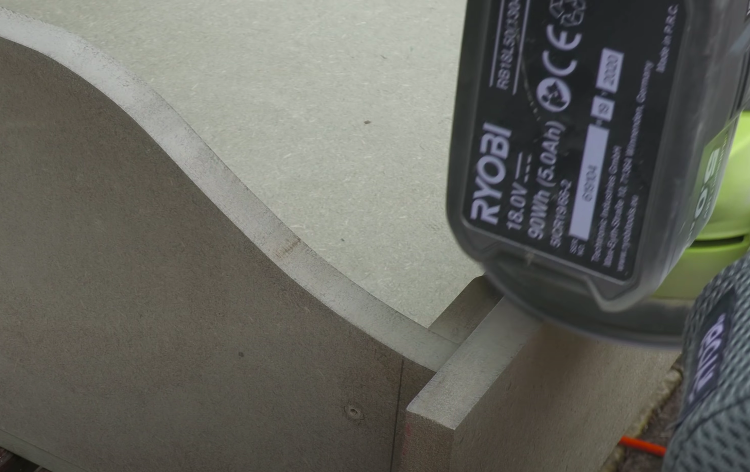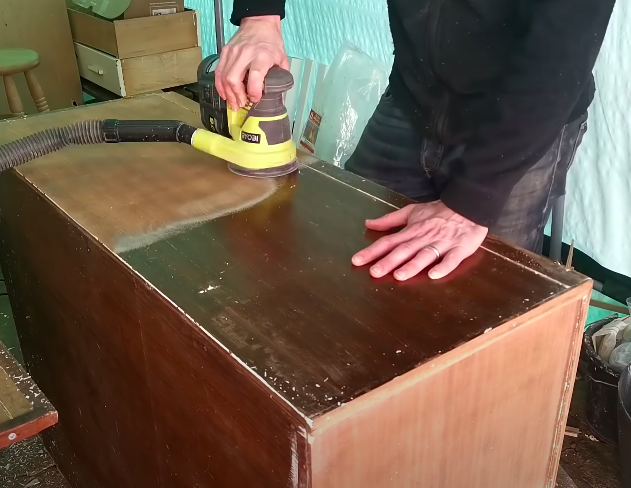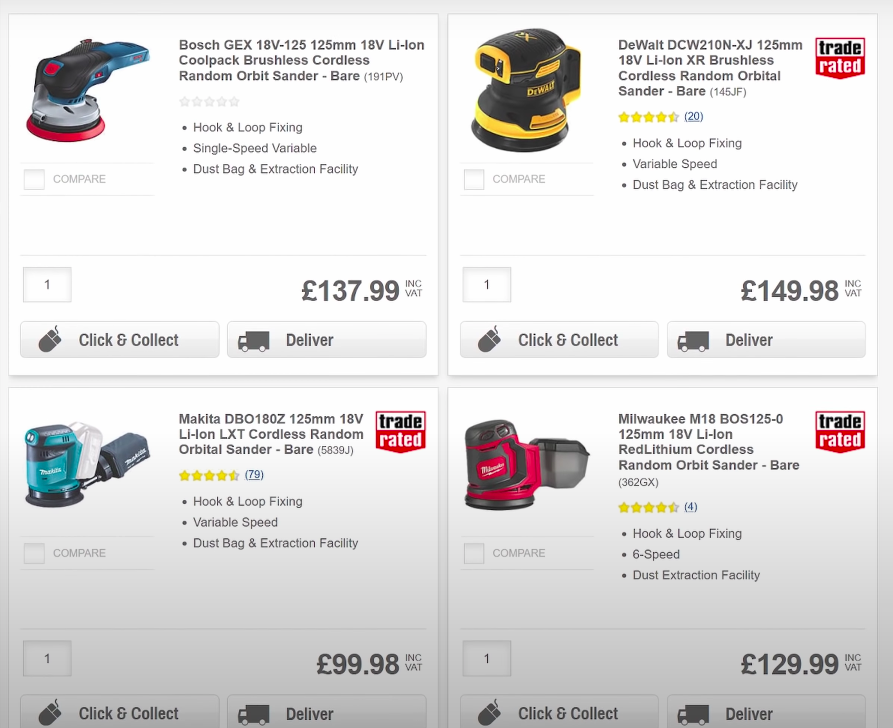The Best Sander For DIY
I thought it was about time I did a blog and video on sanders - this being one of the most important tools a DIYer can have in their toolbox. And this isn’t a review - it’s me running through all the sanders I own, to explain why I own them, what I’ve used them for over the years.
And there’s another reason why I wanted to do this - one sander has been a total DIY game changer since I started using it about a year ago, so if any of you are in the market for a new tool, you might find this useful.
And finally as I always like to mention, I haven’t been paid anything by anyone to do this. That’s the way I like it because it means I can keep my blogs and YouTube videos honest and impartial.
So let me quickly run through the sanders that have served me so well over the years -
Bosch sheet or orbital sander
First up, we’ve got this Bosch sheet or orbital sander.
So, I may be doing this a bit of a disservice, but I will start by saying that this is the least effective of the bunch, but still more effective than sanding things by hand.
The bed of this sander rotates in a tight orbit of about 2mm diameter if this current version is anything to go by. So it’s good for sanding large flat areas of material, but the problem with this is, because of the tight orbital wiggles, it has a tendency to leave little 2mm diameter circular scratches in the surface you’re sanding if you’re unlucky. But don’t completely knock it - I used it to quite good effect on the bedroom floor when I accidentally created a nightmare for myself spot sanding blemishes which the stain then didn’t take to - but I did get those circular scratches as can see below.
I’ve also used it over the years to sand filler, but I’m going to gloss over that (if you pardon the pun) because the other sanders mentioned below are far superior to this.
But one of the problems I had over the years with other sanders is not being bothered to buy the perforated sheets you are meant to use, instead just cutting down sheets of sand paper, so the dust extraction was non-existent. My fault, not the tools, but I bet I’m not the only person out there who’s done that.
With this PSS250 though, being a hook and loop system you wouldn’t be tempted to do that, although whether you can hook a vac up to where the dust bag goes is anyone’s guess - maybe let me know in the comments section if you’ve got one.
detail orbital sander
The Trend 18s 18V Detail Sander is also an orbital sander but the shape makes it much more useful, and with the right choice of sand paper you can achieve great power with a little tool like this, without those circular scratches.
I’ll come onto the importance of the sand paper in a bit, but suffice to say I’m a big fan of these Trend sanding sheets which you can get in different grit, and in my experience are so much more durable than the cheaper stuff you buy in the 100s of sheets from companies like Amazon.
I used this a lot on this week’s job stripping down my daughter’s old utility furniture cupboard, to get into tricky corners, and to sand areas that I didn’t want the power of the random orbit sander to trash, but I was a bit underwhelmed by it when I tried to use it to get into the corners when sanding my daughter’s floor, so the point to make here is it’s horses for courses - this little tool will really excel when you use it for the right job.
power file belt sander
Next, we’ve got the Black and Decker power file belt sander.
On the left is the original - again I got given this when I was about 8 or 9 - and then on the right is the one I then bought about 15 years later.
A sander that got me seriously excited back in the ‘80s - mainly because as a kid, the zoomed in marketing photos made this look like a chainsaw for sanders - get it out of the box and it was a bit more underwhelming, but with a fast moving sanding belt, you’ll always get fantastic performance from a tool like this. I used this so much back then, and for a lot of jobs where a sander with a larger bed would have been much more appropriate. But like anything, with a bit of practice you get a great finish, even for a job it perhaps wasn’t intended for.
As you’d imagine, you keep this in your tool box for jobs that nothing else can do (as a result of which I don’t use it very often these days), filing metal or wood at tricky angles or in confined spaces - I once used it to trim the forend base on a friend’s mortice lock where the frame had moved as a quick fix to get the lock to engage.
It’s also useful to grind down the diameter of screws where you’re trying to screw a decent sized screw into a wall to hang a heavy mirror that has slotted mirror plates on the back but you can’t fit the screw head through the mirror plate.
240V/18V Belt sander
Now, my Bosch PBS 60 sander.
Far and away the power tool I’ve spent the most man, or should I say boy, hours using over the years and arguably the tool that’s now responsible for my tinnitus, as I used it without ear protection to sand down floorboards in my old place in London, which I laid and then stupidly walked on without protecting before varnishing meaning they all had to be sanded back again.
So the jobs I’ve used it for over the years:
Floor boards
Fine tuning mitre cuts
Fine tuning scribes where the jigsaw has left a bit that needs trimming back and the block plane can’t get into the curve
Shaping pegs to fill screw holes, or misplaced holes that need redrilling
Grinding down screws for slotted mirror plates (I know I mentioned you can use the power file for this, but the belt sander is more effective)
As with all the sanders featured today, sanding belts are available in a variety of grits from 60 right up to - well I’ve used at least 600 with mine, although you do need to be careful to order the right belt length and width if you don’t buy manufacturers own, as I’ve been caught out in the past ordering the wrong stuff for this sander.
Now, belt sanders like this are difficult to beat in terms of abrasive power, and so you do need to be careful with them because, particularly with a coarse grit sand paper you can accidentally take off a lot of what you’re sanding, but as with all things, practice makes perfect - the key is to clamp down really well whatever it is you’re sanding, and I even used to use this sander to get a straight edge before I learnt to use my electric planer.
My old Bosch is showing signs of age now, I’ve had to replace the drive belt, and the adjustment knob is loose so the belt keeps wandering and so I recently upgraded to this Ryobi 18v version - Ryobi because, as you know if you watch a lot of my videos, I have rather a lot of Ryobi batteries, so it made sense to buy a Ryobi, and I think Ryobi were the first manufacturer to produce an 18v sander and bizarrely there are still very few on the market.
Comparing it against the up to date 240v Bosch you can see it loses 100m per minute on the belt speed, but weight wise it’s pretty similar, and I haven’t really noticed the reduced power when I’ve used it.
It was a little tricky hunting down the slightly strange 76x457mm sanding belts for it if I’m honest - I ended up finding these Trend sanding belts (I think at Tool Station), and I used this sander to create this curved headboard for my daughter’s refurbished bedroom amongst many other jobs. I must do a video on that!
For this sort of job, no other tool would really get the job done.
random orbit sander
And so we’re onto the final section - the Ryobi random orbit sander, the sander that, if I’m honest, has inspired me to make this video - and which I’m so desperate to tell you about, because I’m personally a bit gutted I didn’t find out about this a lot earlier.
I’ve only owned this for about a year now but it's been a game changer and has quickly become my main sander of choice and it’s (and I never thought I’d hear myself saying this) replaced a lot of the jobs I thought only my belt sander was capable of doing.
But isn’t it just another orbital sander, I hear you ask?
Well no. An orbital sander moves only in tiny circular orbits - the bed itself doesn’t rotate while the random orbital sander, as the name suggests also wiggles in tiny circular orbits, but also the entire bed rotates or spins back and forth moves - and we’ll come onto this a bit more.
As a result of the two separate motions, it’s less likely to leave that awful swirl pattern on the wood I mentioned earlier and is MUCH MORE POWERFUL.
So let’s talk about a few jobs I’ve recently used it for in the last year and why I love it so much:
Wardrobe build fascias - sanding down some really big level differences - I was able to get these flat in seconds with much more control than you get from the belt sander
MDF edges prior to painting - it truly rocks at this - I’ve done a video on this, a link to which is here
My daughter's bedroom floor - yes, I literally sanded down the entire floor a couple of weeks ago - which was rough from when laid in the 1970s and covered in splatters of plaster from when we replastered it a few years ago before carpeting
And this week, the old post war utility furniture cupboard I’ve striped to stain
Why is it so good:
Up to 50 minutes sanding with a 5ah battery, but that’s just marketing speel
For me, the remarkable thing about this sander is the sheer power
Amazing dust extraction - when connected to a Henry vacuum or in the case of my daughter’s room my cyclone vac (link to video here). I literally had no fine saw dust to worry about - none!
18v so uber portable
Dual purpose - gently hovering for spinning action or full on contact for a slightly less destructive random orbit
Sand paper is freely available from the big recognised brands right through to unbranded - I bought hundreds of disks recently on Amazon. The only thing I’d say though from sanding my daughter’s floor is that the cheap sandpaper wears out pretty quickly - in a matter of minutes if not seconds, when compared to these excellent disks I got from Trend. So whilst more expensive, it does pay to invest in quality sanding disks.
So if you're currently wondering what to buy, this would be my number 1 choice. You don't need to buy Ryobi. If you use a different battery system, I can almost guarantee your manufacturer will do one.
So get searching on the internet, and let me know in the comments section how it’s changed your DIY too! I hope this has been helpful for you all.
See you soon! Once again, massive thank you for reading and watching. Feel free to leave a comment below and let me know how you get on with your own project.
Oh, and if you’re new to my YouTube channel, click on the link here to subscribe!
I’m always looking for ways to make this sustainable now I’m doing it full time, so if you like my content and to help me keep providing it here on this channel for free, I would be so grateful if you could visit my Patreon page, to support me. For just £5 per month, you have daily contact with me through my Discord member forum behind the scenes videos and automatic entry to my free monthly giveaways. Please click here.
* The Amazon links above are affiliate links. It doesn't cost you anything to click on them but I do earn a small commission if you do.
And here's the legal bit I have to state: As an Amazon Associate I earn from qualifying purchases.

